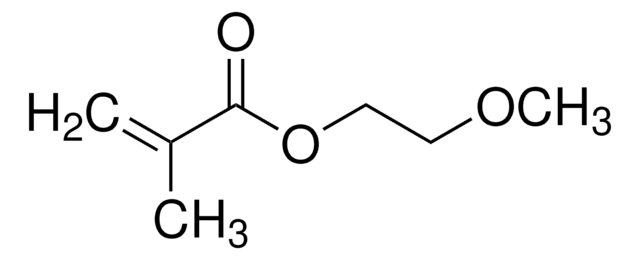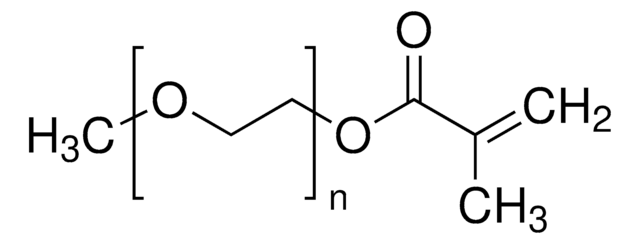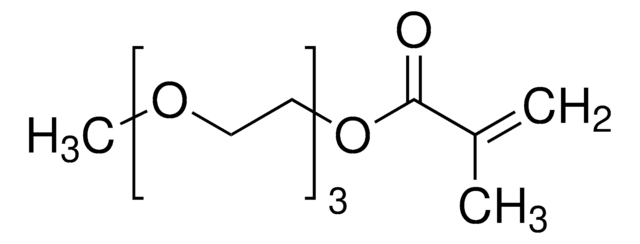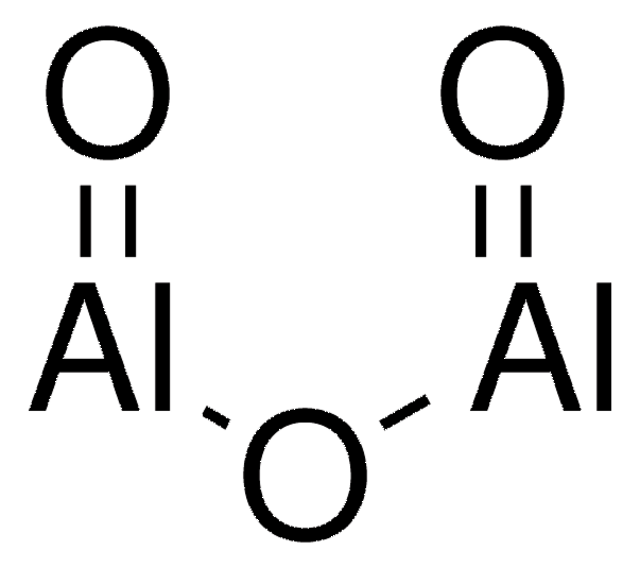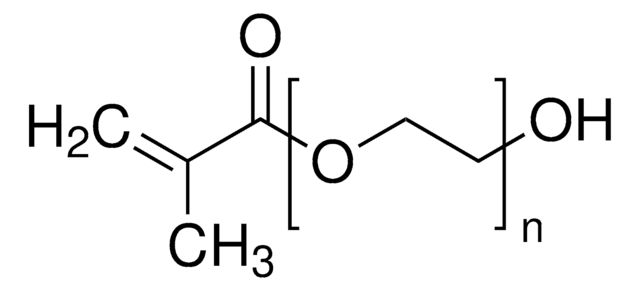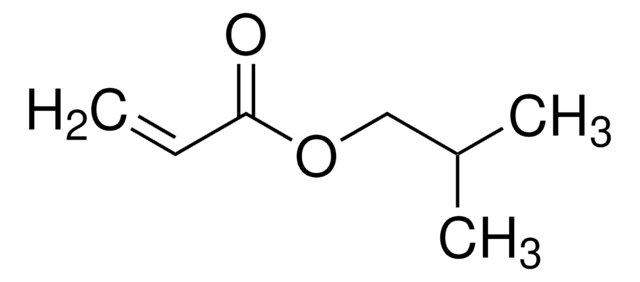408913
Ethylene glycol methyl ether acrylate
contains 50-100 ppm MEHQ as inhibitor, 98%
Synonyme(s) :
2-Methoxyethyl acrylate
About This Item
Produits recommandés
Niveau de qualité
Essai
98%
Forme
liquid
Contient
50-100 ppm MEHQ as inhibitor
Indice de réfraction
n20/D 1.427 (lit.)
pb
56 °C/12 mmHg (lit.)
Densité
1.012 g/mL at 25 °C (lit.)
Chaîne SMILES
COCCOC(=O)C=C
InChI
1S/C6H10O3/c1-3-6(7)9-5-4-8-2/h3H,1,4-5H2,2H3
Clé InChI
HFCUBKYHMMPGBY-UHFFFAOYSA-N
Catégories apparentées
Description générale
Mention d'avertissement
Danger
Mentions de danger
Classification des risques
Acute Tox. 3 Dermal - Acute Tox. 3 Inhalation - Acute Tox. 4 Oral - Aquatic Chronic 3 - Eye Dam. 1 - Flam. Liq. 3 - Muta. 2 - Repr. 1B - Skin Corr. 1C - Skin Sens. 1 - STOT RE 2
Risques supp
Code de la classe de stockage
3 - Flammable liquids
Classe de danger pour l'eau (WGK)
WGK 3
Point d'éclair (°F)
140.0 °F
Point d'éclair (°C)
60 °C
Équipement de protection individuelle
Eyeshields, Faceshields, Gloves, type ABEK (EN14387) respirator filter
Faites votre choix parmi les versions les plus récentes :
Déjà en possession de ce produit ?
Retrouvez la documentation relative aux produits que vous avez récemment achetés dans la Bibliothèque de documents.
Les clients ont également consulté
Notre équipe de scientifiques dispose d'une expérience dans tous les secteurs de la recherche, notamment en sciences de la vie, science des matériaux, synthèse chimique, chromatographie, analyse et dans de nombreux autres domaines..
Contacter notre Service technique

